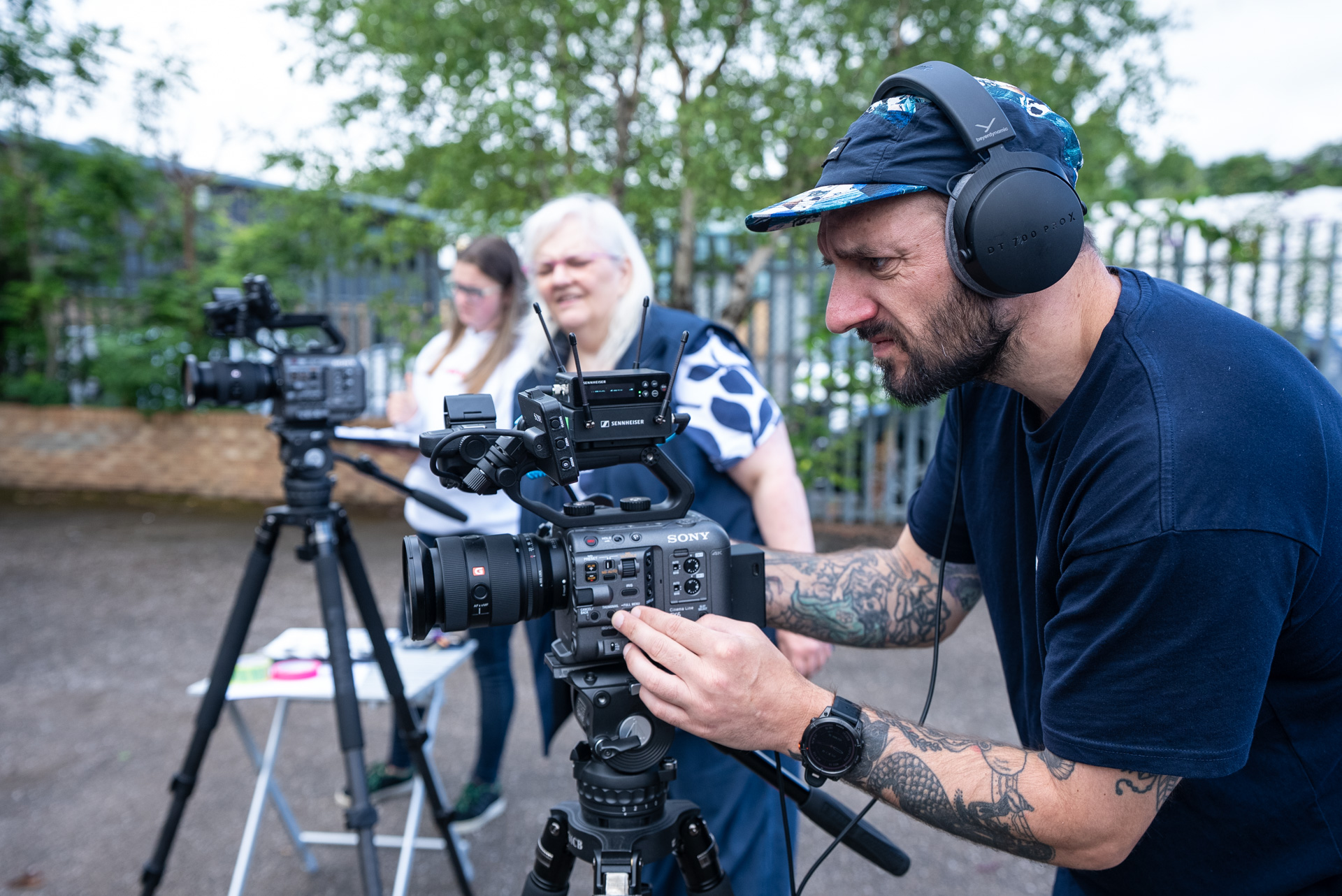Starting a new project can be exhilarating, especially the thought of diving into the creative elements — crafting visuals, designing illustrations, and creating compelling stories. But, spoiler alert, the reality of most projects is that they don't spend the majority of their time in these creative phases. Instead, much of the work revolves around planning, and getting the strategy right from the beginning is a crucial part of that. This is why, especially with larger projects and clients working with us for the first time, it’s important we begin by crafting a solid strategy.
Here are my top three reasons why establishing a solid strategy makes such a significant difference and contributes to a more successful project.
1. Clarity and vision: defining the scope and goals
The first benefit of a strategic approach is achieving clarity and vision for the project. This involves understanding the full scope, setting clear goals, establishing timelines, and ensuring everyone knows what to expect from the project. For instance, we look at how the project fits into the client's broader organisational goals over the next one to three years. Is it part of a larger initiative or a standalone effort? Are we aiming for a product launch, increased adoption, or a complete overhaul of an existing approach?
And of course, we’ll also be looking at the scope - who's involved, what the time scales are, what the budget is - so that we know exactly what we're working with.
I’ll often ask team members to define their goals independently before coming together in a workshop. Giving individuals this time to think of their goals before arriving means we can make effective use of our time together in the workshop. We'll then look at what the goals are from each individual person and compare it to the whole group, which works really well to enable us to check we're on the same page. By aligning individual goals with the group's objectives, we create a shared vision that guides the project forward. And this brings me on to my next point; team alignment.
.jpeg)
2. Team alignment: bringing everyone together
In large organisations, it's vital to ensure that all stakeholders are heard and their perspectives considered. This early alignment sets the stage for effective collaboration throughout the project. Whether we're working with technical teams, marketing, communications, or even HR for training initiatives, getting everyone together at the start ensures that the project flows smoothly.
Alignment means that everyone understands the project workflow, knows what's achievable, and recognises where they can contribute. This collective understanding not only maximises collaboration but also helps prevent misunderstandings and misaligned efforts that can derail a project.
3. Enhancing engagement: storytelling and creative solutions
Once the goals are set, we explore how to enhance engagement. For me, this is the step which makes the biggest difference to the project overall, and where all the excitement begins. This involves integrating storytelling, neuroscience, clinical or technical background and choosing the right creative mediums. The options for the creative mediums are extensive. From online courses, testimonial videos, webinars, to photography and many more. We do our best not to have preconceptions for the form a final project will take before we get to this point because it can blind us to the options available. For example, we might initially think a project requires the creation of an online video course or a face-to-face presentation, but we discover from the discussions we have that we might actually need to make something different. We might need to do team training on their presentation skills, or we might need to have a phased approach to a project because it's going to be larger than we initially realised. This stage of reassessing the project's creative needs is indicative of how important it is to define and align the project's goals.
‘The work we do often centres around solving challenges.’
We consider various options like storytelling, visuals, case studies, or incorporating medical illustrations to explain complex concepts. The work we do often centres around solving challenges. Sometimes, solutions are complex and require detailed explanations; other times a simple solution works best. We discuss these various solutions with the entire team to determine the best path forward. The goal is to find the most engaging, understandable, and effective approach to communicate the message, ensuring that it resonates and sticks with the audience.
We then put all of the information we have gathered onto Post-it notes and examine the entire process, before we move into storyboarding. Here we outline how the project will come together. This includes deciding on visuals, crafting messages for each segment, planning the course structure, determining the order of subjects, and choosing the formats for delivery.

Strategy document
After the workshop, we compile all the insights and the strategy we developed into a comprehensive document, which we use for our team and our clients to review and refer back to. This serves as a reference point for the entire project, ensuring that we've captured the important conversations and decisions made during the planning phase. It provides a clear framework that guides the creative steps, ensuring everyone knows what to deliver, how to deliver it, and what the final product should look like.
Conclusion
Ultimately, strategy workshops are invaluable for providing clarity, sparking ideas, and ensuring the smooth execution of a project. They lay the foundation for creativity, ensuring that when we finally get to the exciting parts — the visuals, the storytelling, the design — we do so with a clear understanding of the project's goals and how to achieve them. It's a process we love involving our clients in, as it leads to richer, more impactful projects.




